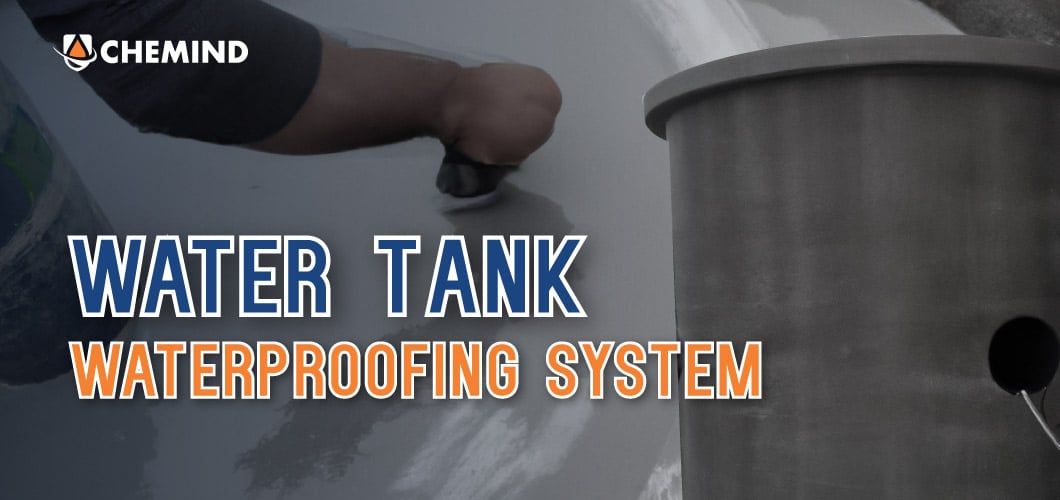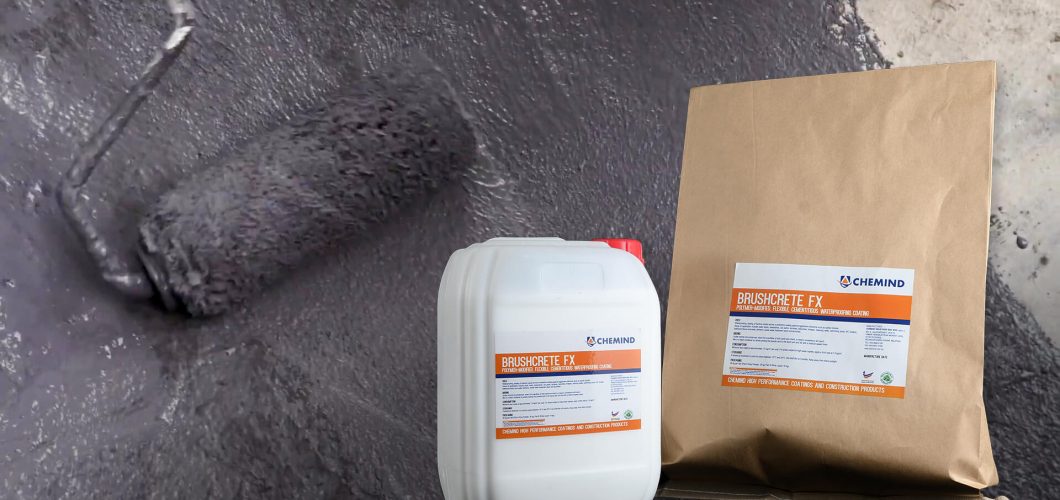Membrane for Water Tank Waterproofing System

Crystal clear water is often taken for granted by most of us as it’s easily accessible as simple as by turning on a faucet. We are able to achieve this convenience by a structural planning of water treatment plants and tanks that provides huge amount of water. However, a huge part of these infrastructure need proper maintenance and proper waterproofing system as time passes by.
This resulted in increasing number of waterproofing contractors that specialize in maintenance and sealing of water tanks. Water tanks are primarily constructed either from steel or concrete, hence waterproofing method on these surfaces can be used in water tanks. However as these tanks are for storing water that will be consumed, it need to be safe from chemicals or may contaminate the water.
With the advancement of waterproofing products – coatings that are chemical free and environmental friendly are available in the market. These waterproofing products are safe and equally effective.
Identifying the Water Tank
Before starting any waterproofing repair work, it is important to identify the root cause of the damage. It is typically a task for consulting engineers or concrete testing firms rather than repair contractors. The issue could be due to various factors such as chemical attack, abrasion, freeze/thaw or wet/dry cycles, or foundation settlement.
For concrete tanks, one prevalent problem is the development of hairline cracks that allow water to penetrate the reinforcing steel and cause rust. This results in an expansion of the rebar’s volume, causing further concrete cracking and a self-perpetuating cycle that requires addressing by a waterproofing expert.
Protective membranes can be installed between the tank’s water and structural surface to safeguard concrete and steel from abrasion, wet/dry cycles, and chemicals.
For concrete potable water tanks, polymer-modified cementitious coatings are a popular choice, while steel and concrete both work well with epoxy coating, polyurea, and polyurethane. Metal tanks require additional protection, with acrylic coatings or two-part epoxy-based coatings used for exteriors, and cathodic protection employed as well.
Cementitious Coating for Water Tank Waterproofing
Cementitious coatings can be considered for concrete tanks, as they may contain crystalline waterproofing technology that enables the coating to repair small cracks on its own. These coatings are typically applied at a thicker rate of 1/4″ to 5/8″, which is greater than the application thickness of epoxy or polyurea products.

The BRUSHCRETE FX is a waterproofing coating that contains two parts and is made of cement, polymer, and is flexible. Its purpose is to prevent water from infiltrating concrete and mortar surfaces. It can also serve as a protective coating against harmful elements like carbon dioxide, and for sealing hairline cracks.
Due to its non toxic property it is ideal for potable water usages. This coating is suitable for a variety of applications, including water tanks, basements, car parks, terraces, balconies, bridges, retaining walls, swimming pools, RC gutters, bathroom floors and walls, kitchens, waste water treatment plants, and laundries.
The waterproofing industry holds significant potential in the construction and repair of water tanks. To prevent corrosion in potable water storage tanks, new protective coating systems have been developed, such as waterborne epoxies, acrylics, mastics, high-solids epoxies, and urethanes. Some of these coatings are suitable for new tank applications, while others provide better adhesion to existing finishes. To ensure effective corrosion control, it is essential to select the coating system with the appropriate properties that match the site-specific tank conditions.
